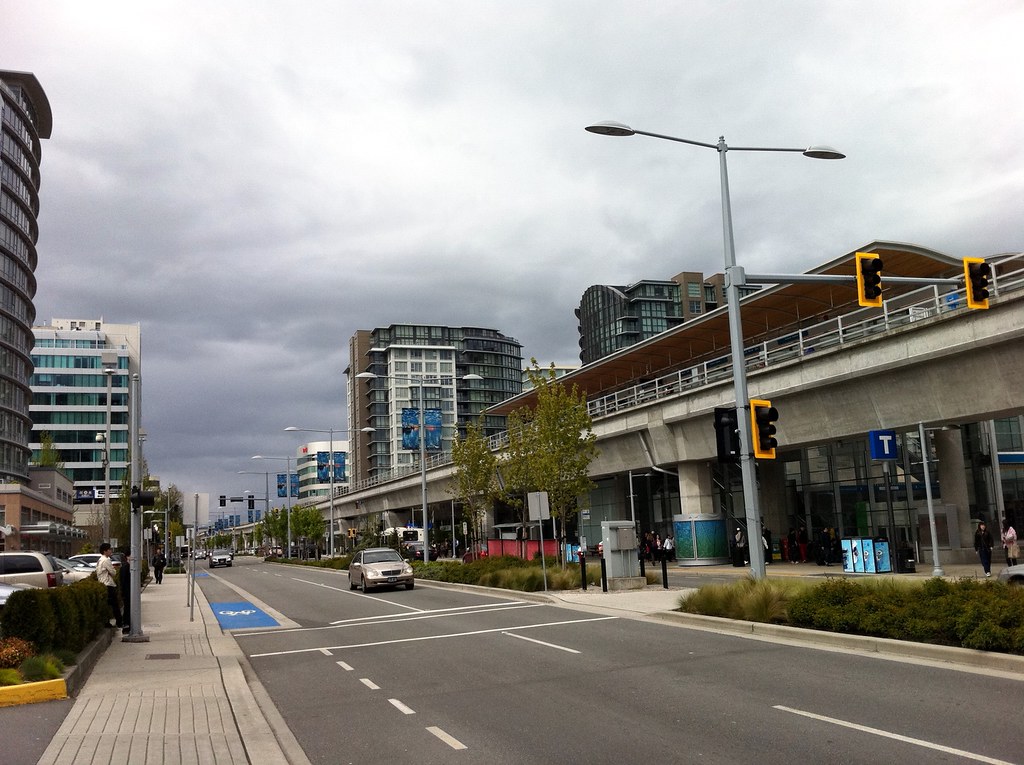Hipster Duck
Senior Member
Keesmaat seems very much a product of the TED, Richard Florida age. Superficially, the things she says makes sense and sound profound. The brave new world of midrise avenues served by LRTs! The trade off though is TED level depth and understanding.
On the one hand, her shtick works by recombining concepts into newer, "innovative" compound concepts which have the appearance of profundity.
Because everything is so "innovative," the entire academic, technical, economic and social contexts of the issues get totally ignored and any criticism is minor. How on earth could a reporter publish a statement by a senior civil servant, who should be an expert, comparing something like a transit viaduct to the *freaking Gardiner*?!?!
I once went to a lecture by an academic who analyzed hundreds of official plans and site plans across 4 decades, and she came to the conclusion that the level of technical knowledge and citation of actual evidence declined with every passing year. By the 2010s, many plans were based entirely on opinion and popular sentiment, with no reference to any technical knowledge or rigorous study whatsoever. The whole "midrise avenues" idea versus "elevated = bad" is a good example. There have been almost no examples of at-grade light rail lines leading to midrise avenues development along suburban arterials. Even if they do, will long corridors of midrise development really lead to outcomes we all agree are good? At the same time, there are plenty of examples of cities where elevated railways neither depress property values nor are considered to be aesthetic blights. It's telling that one of the most celebrated public space projects of the past 20 years - the High Line - is a former elevated rail line.
Like so many other areas, planning has entered an era where just saying things in a splashy way will make it 'true'. Also, we've entered a culture where "saying things" is more important than "doing things"; planners are celebrated who know how to broadcast ideas to as many people as possible, even if they don't know how to turn those ideas into - literally - concrete achievements. So, it may be more important for a senior civil servant to know how to use Twitter than to understand the realities of how transit projects are built.
Last edited:





